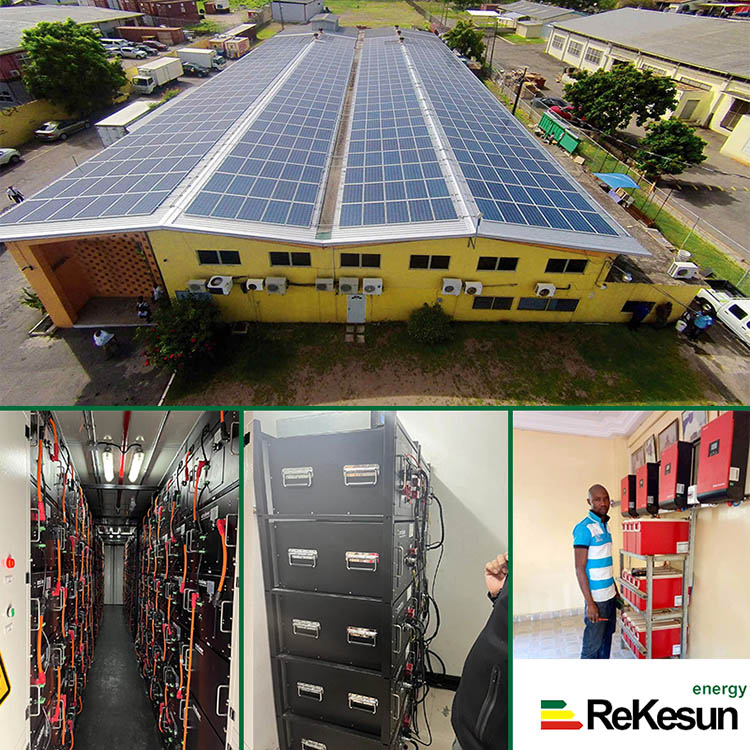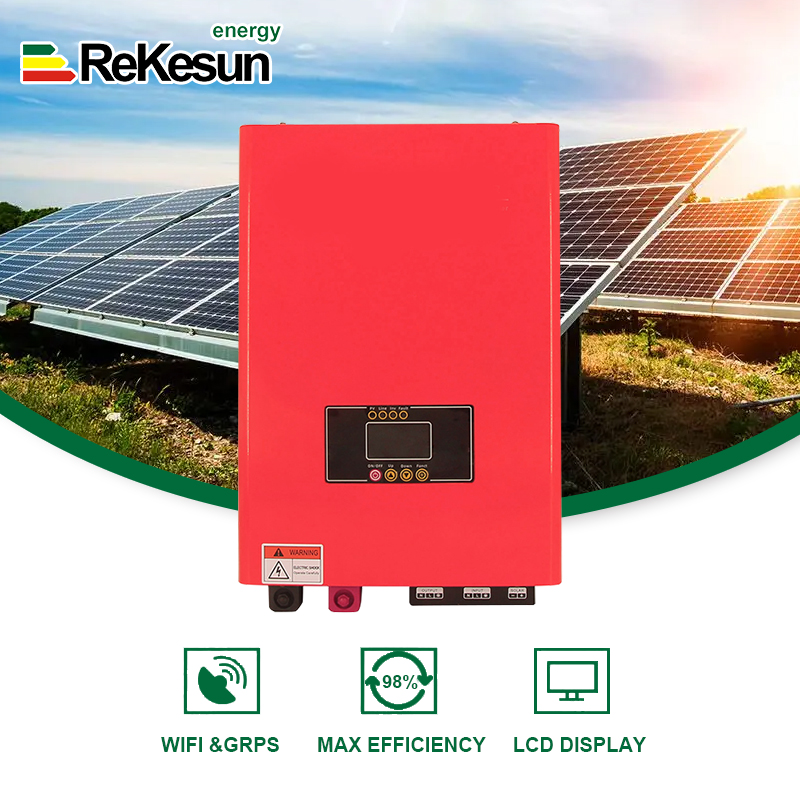What are the factors affecting photovoltaic power generation?
 Jun 15,2022
Jun 15,2022

 Rekesun
Rekesun
The solar industry is facing challenges from trade wars, national policies, grid connection conditions and more. Installers and power plants worry about the lack of efficiency of photovoltaic power plants, solar product manufacturers worry about the lack of preferential policies, and grid facility manufacturers think the technology is not up to standard. However, in the final analysis, most of these questions are whether the power generation capacity of photovoltaic power plants can meet the operating and benefit conditions?

How can I generate electricity? According to industry insiders, there are many problems that need to be solved in current solar power generation, including real-time meteorological environment detection, distributed and centralized power generation load detection, energy storage, research and development of a new generation of intelligent inverters, comprehensive detection and control of power quality, engineering, design Management, etc., operation and maintenance. This topic will briefly analyze the factors affecting photovoltaic power generation from the aspects of engineering quality, construction, optimal inclination and other optimization design, components, combiner boxes and other equipment. Some installers blindly reduce engineering costs in order to obtain profits, which may lead to a 3-6% loss of power generation due to engineering quality problems.
In terms of construction, enterprises need to carry out refined management to avoid delays in the construction period; select appropriate and qualified auxiliary materials to ensure project quality and avoid unnecessary power generation losses; regular maintenance and supervision to ensure the normal operation of photovoltaic power plants. For the installation and construction of photovoltaic systems, the document points out that the installation and construction of existing building photovoltaic systems should formulate construction organization design and quality control procedures, and formulate corresponding installation and construction plans and safety technical measures, and conduct feasibility studies if necessary. The goal of system optimization is to maximize the power generation capacity of the photovoltaic power generation system by checking the installed actual sunshine intensity, light reflectivity, external ambient temperature, operating performance and the interaction between the various components of the wind power and photovoltaic power generation systems.
Some power plants lack optimal design, reducing power generation. When designing the system, factors such as the shadow, installation direction and system configuration of the photovoltaic system should be considered. Shading in a photovoltaic system can affect the efficiency of the system, create a thermal pulse effect, and shorten the life of the components. Generally speaking, in the current theoretical system, the shadow of the photovoltaic system is divided into the shadow of surrounding buildings, the shadow of trees and other areas, the shadow of the photovoltaic system itself, and temporary shadows such as dust. When considering the installation direction, it is necessary to calculate the optimal inclination angle, and whether the grid connection will also affect the design of the optimal inclination angle. According to the existing design documents, in the grid-connected power generation system, the annual average daily power generation of the system is required to be the largest, that is, the inclination of the photovoltaic array needs to be adjusted to receive the maximum annual solar radiation; the off-grid system is divided into summer load, winter load and balanced load . Take Nanjing as an example: the grid-connected photovoltaic power generation system requires the largest annual power generation. At this time, the optimal installation inclination angle is 25°, which is about 7° lower than the local latitude; when designing an off-grid photovoltaic power generation system: for summer loads, the optimal installation inclination angle is 7°, which is much smaller than the local latitude; for winter loads, the optimal installation inclination angle is 7°. The installation angle is 46°, which is much larger than the local latitude; for the balanced load, the recommended installation angle is 42°.

The main equipment that affects the power generation of photovoltaic power plants includes solar cell modules, combiner boxes, inverters and grid-connected infrastructure. In the process of component selection for power station construction, it is necessary to continuously optimize the matching, mix class A and class B solar cells, and consider the quality of the components; the actual operating conditions such as latitude, spectrum, temperature, shielding, location and wiring should be fully considered for photovoltaic cells. output impact. The inverter is the only device in the photovoltaic system that can increase the power generation capacity other than the components, and the power generation efficiency is expected to increase by 10%. Before the inverters are officially installed, State Grid recommends conducting simulation experiments first to reduce the cost of mass production, not just low-cost manufacturing. Grid connection is a major constraint for China's solar power system, which is still in its infancy. Because some systems are not designed to match the grid, there is a problem of overall network consumption. Relevant personnel of the State Grid suggested that photovoltaic power generation should be absorbed locally as much as possible to reduce grid load, and electric vehicle charging piles should be built to reduce transmission costs.



 Home
Home Photovoltaic on grid energy storage inverter
Photovoltaic on grid energy storage inverter 







 syplighting.en.alibaba.com
syplighting.en.alibaba.com



